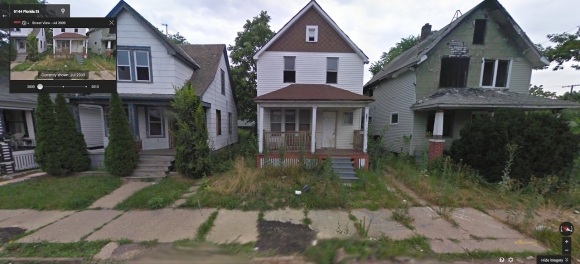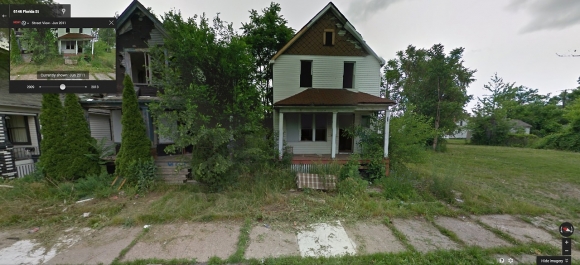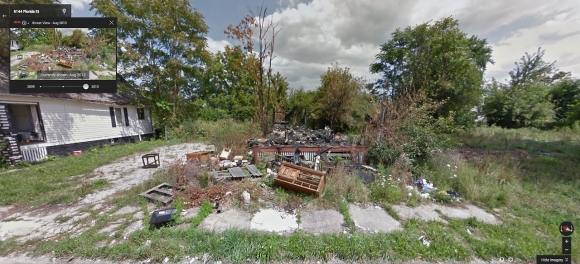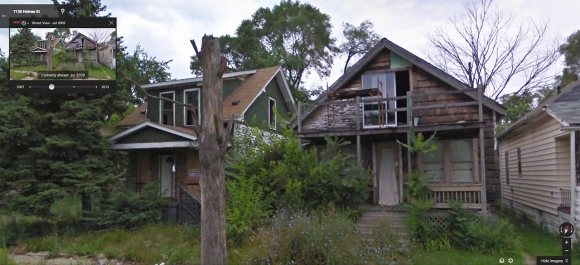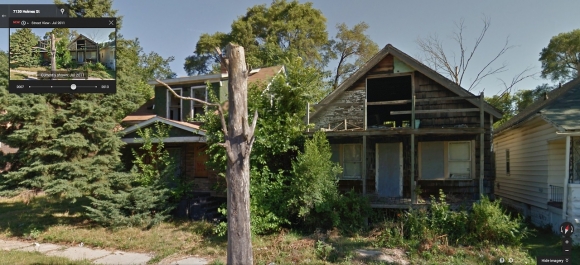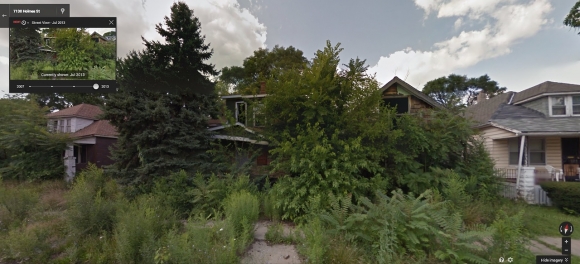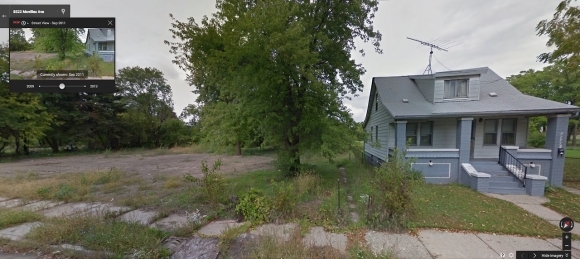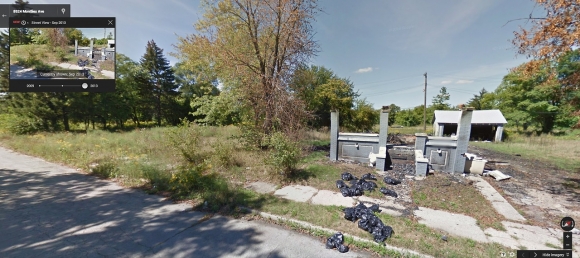Blog highlights Detroit neighborhoods transforming into post-apocalyptic scenes thanks to Google Maps
posted Thursday, June 12, 2014 at 6:18 PM EDT

There was a time when Detroit was a vibrant city, a place that attracted workers and visitors from all over the country. That was the time of the Motor City, the home of the American automotive industry, and the time of Motown and its signature music style. Those times are long gone, and ever since the economic downturn, more and more inhabitants have fled the city to take a chance elsewhere. Others, who have decided to stay, are now out of a job and cannot afford to pay for their homes, leading to many abandoned buildings in what were formerly bustling neighborhoods.
Owing to the city's shrinking population as well as the many foreclosures, more and more neighborhoods of Detroit are turning into what looks like post-apocalyptic scenes straight out of a dystopic movie. Over at the tumblr blog GooBing Detroit, some of these scenes are being compared to the same places several years ago, made possible by Google Street View and its continuously updated image material. (At one point, the blog also used Bing's streetview service.)
The owners of these properties long gone, and the city of Detroit without the finances to maintain them, we see nature reclaiming its territory in a such a short time span that it is pretty easy to imagine what these places will look like in another five or ten years. In fact, these scenes are somewhat reminiscent of Pripyat, the Ukrainian settlement that was abandoned after the nuclear disaster in the nearby city of Chernobyl almost thirty years ago.
Seeing how quickly trees, bushes and grass can change the appearance of a neighborhood once it's abandoned gives you a sense of perspective: a sense that despite the power we humans exert over many parts of this world, nature will always prevail. Whereas we humans may not.
(via io9)
